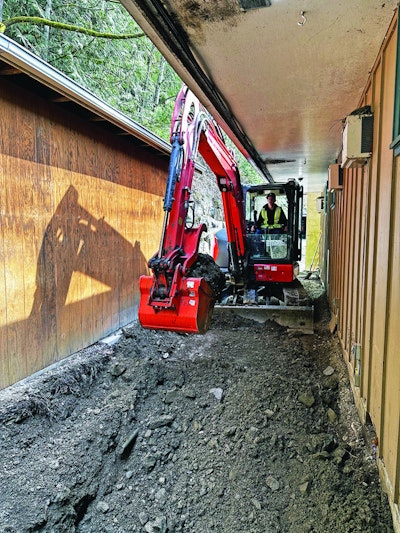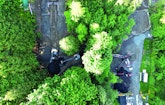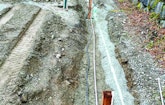
The Bridal Falls project sits at the foot of the mountains (note the boulders at the top of the photo), and because of the rocky cobbles that made digging difficult, all tanks and pipes were kept as shallow as possible. Here the Canadian Septic crew is setting tanks for the system. (Photos courtesy James Stiksma, Canadian Septic)
Even though pipelines run underground, humans must make way on the surface, and that’s what happened in Bridal Falls, British Columbia.
Trans Mountain Corp., which is expanding its crude oil pipeline from Edmonton, Alberta, to Vancouver, British Columbia, was coming through, and...










